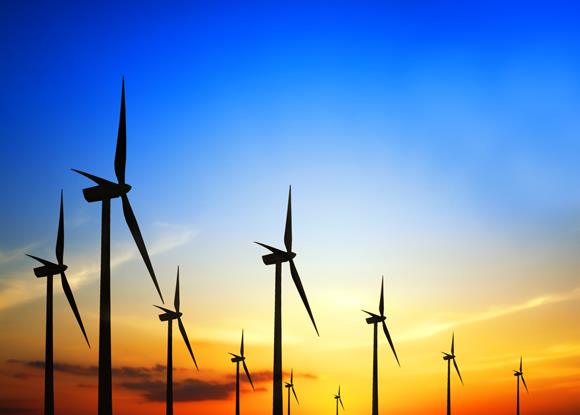18 March 2019
3 min read
#Construction, Infrastructure & Projects, #Renewable Energy
Published by:

Global wind turbine original equipment manufacturer (OEM), Vestas, has recently announced that it has partnered with local Victorian contractor, Marand Precision Engineering, to establish a turbine assembly and testing facility at the former Ford Geelong manufacturing site.
A first in more than a decade
The facility which forms part of Vestas’ Renewable Energy Hub is expected to deliver around $3.5 million in investment. More than 20 people are expected to be directly employed and ‘hundreds’ of local staff will be trained in wind turbine maintenance at the facility. Manufacturing from the facility will assist the recently announced Dundonnell and Berrybank wind farm projects deliver on its local content commitment. It has been reported that the facility will be initially used to assemble 100 turbine hubs and 50 drive trains for Berrybank and Dundonnell.
Whilst utility-scale wind turbine components have been manufactured in Australia (for example, Vestas in the early 2000’s produced nacelles and blades in Australia, RPG Australia produced towers and Keppel Prince continues to maintain a presence in the tower manufacturing process), this will be the first time in more than 10 years that nacelle manufacturing has been undertaken in Australia, a major fillip for the renewable sector in Australia.
Manufacturing in Australia
Historically there has been minimal local manufacturing due to the high cost of labour in Australia and the existence of greater industry support in other countries.
Some efforts have been made by local manufacturers to stem the rate of imported wind turbine components. For example, Keppel Prince, in 2013 successfully lodged an application with the Australian Anti-Dumping Commission to impose increased tariffs on wind turbine towers manufactured in Asia.
Notwithstanding Vestas’ announcement, it remains likely that the majority of nacelles, towers, blades and other major components will continue to be imported from overseas across the wind turbine industry. While countries like China and India feature heavily in the supply chain of most wind turbine OEMs, technology and R&D continues to be largely driven from the USA and Europe.
The question is, can Australia manufacture its own wind turbines in the future? In 2016, chairman and managing director of Suzlon Energy, Mr Tulsi Tanti, suggested that Australia could and should manufacture its own wind turbines. An obvious benefit cited by Tanti was the lower cost of wind project development. However, Tanti said the industry would first need to maintain a minimum of 2GW a year of new development in Australia before companies could consider establishing a manufacturing base.
Is the time ripe?
In 2018, the Victorian Government signed contracts with six solar and wind farms to provide renewable power to 640,000 Victorian homes by 2020. Growing investment in renewables, spurred on by the State government’s increased Victorian Renewable Energy Targets (VRET), may see the manufacture of wind turbines in Australia become increasingly viable.
However, the viability of manufacturing wind turbines locally may not correlate perfectly with the increase in the VRET as might be initially thought. For local manufacturing to be viable, the VRET or other government pressure would need to be focused on stimulating investment in locally manufactured renewable parts. Otherwise, it is expected that continued pressure on sales margins will continue to lead to wind turbine components being sourced from the cheapest suitable manufacturer, local or otherwise.
Authors: Scott Schlink & Christabel Teo
Contacts:
Melbourne
Stephen Natoli, Partner
T: +61 3 9321 9796
E: stephen.natoli@holdingredlich.com
Scott Schlink, Senior Associate
T: +61 3 9321 9939
E: scott.schlink@holdingredlich.com
Disclaimer
The information in this publication is of a general nature and is not intended to address the circumstances of any particular individual or entity. Although we endeavour to provide accurate and timely information, we do not guarantee that the information in this publication is accurate at the date it is received or that it will continue to be accurate in the future. We are not responsible for the information of any source to which a link is provided or reference is made and exclude all liability in connection with use of these sources.
Published by: